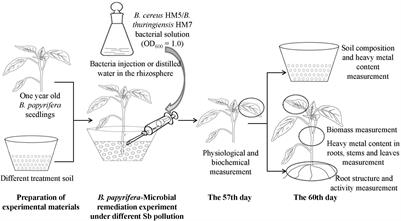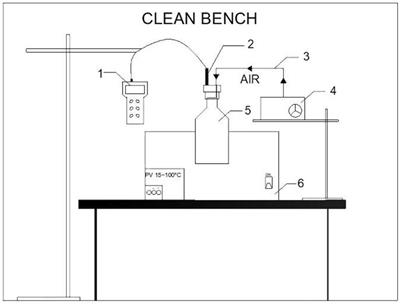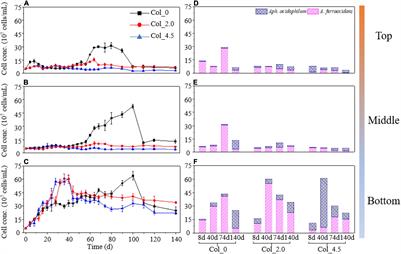ORIGINAL RESEARCH
Published on 06 Jun 2022
In vitro and in silico Studies Reveal Bacillus cereus AA-18 as a Potential Candidate for Bioremediation of Mercury-Contaminated Wastewater

doi 10.3389/fmicb.2022.847806
- 3,336 views
- 8 citations
20k
Total downloads
80k
Total views and downloads
ORIGINAL RESEARCH
Published on 06 Jun 2022

METHODS
Published on 12 May 2022

ORIGINAL RESEARCH
Published on 03 May 2022

ORIGINAL RESEARCH
Published on 06 Apr 2022

ORIGINAL RESEARCH
Published on 18 Mar 2022

ORIGINAL RESEARCH
Published on 03 Mar 2022

ORIGINAL RESEARCH
Published on 09 Feb 2022

ORIGINAL RESEARCH
Published on 11 Jan 2022

ORIGINAL RESEARCH
Published on 13 Dec 2021

ORIGINAL RESEARCH
Published on 30 Nov 2021

ORIGINAL RESEARCH
Published on 21 Oct 2021

REVIEW
Published on 14 Oct 2021
